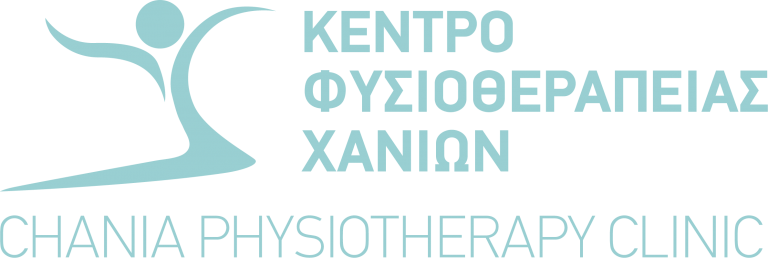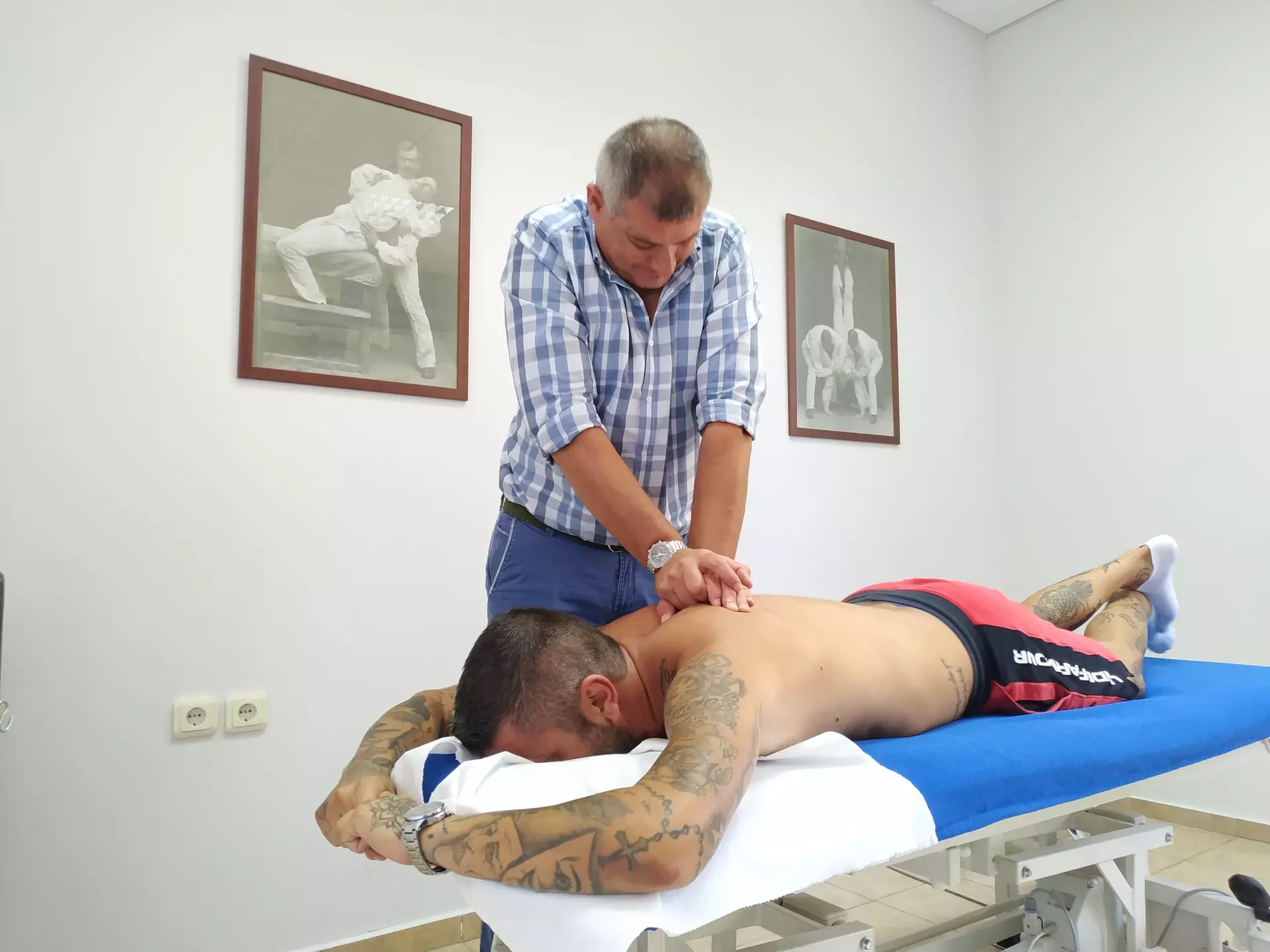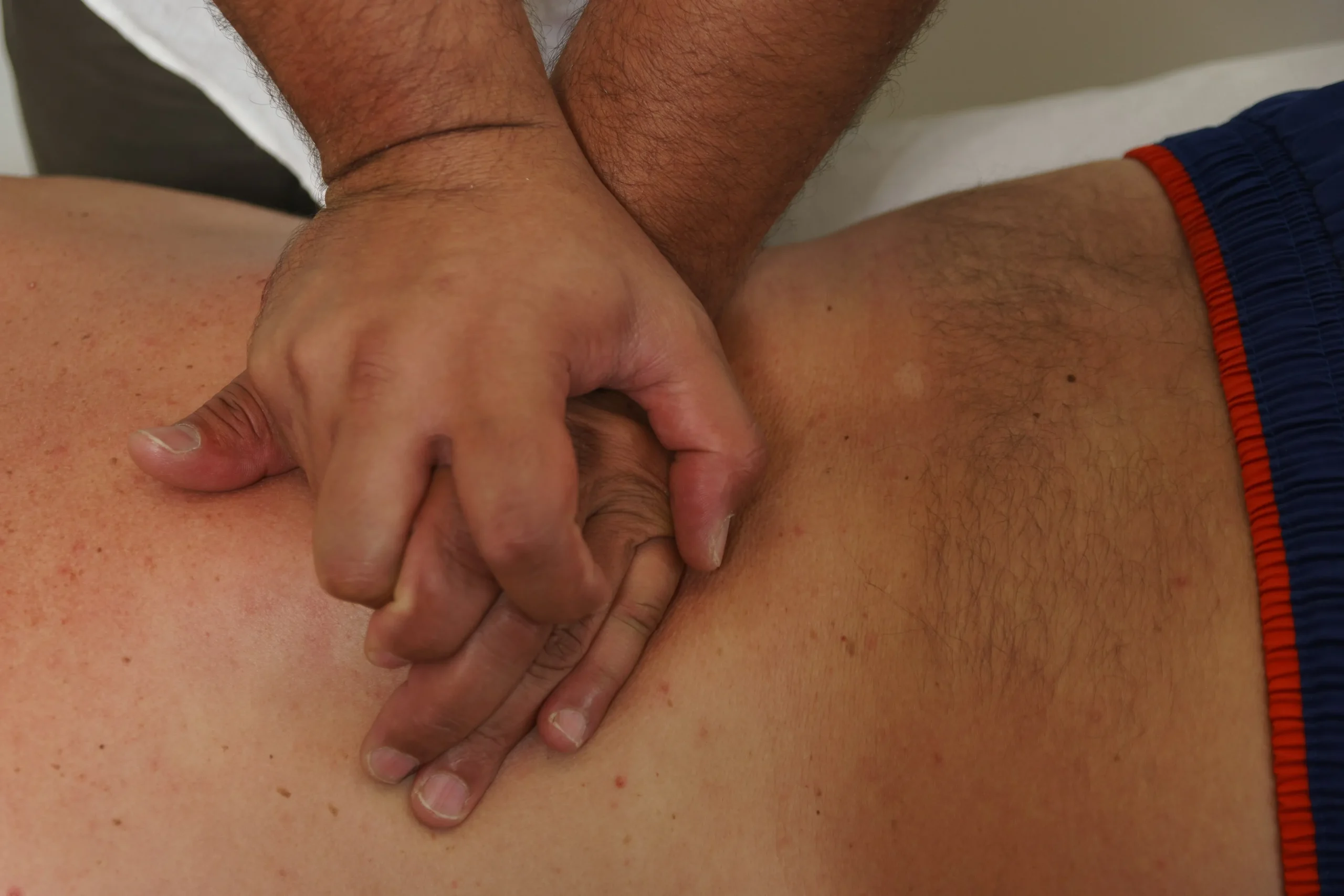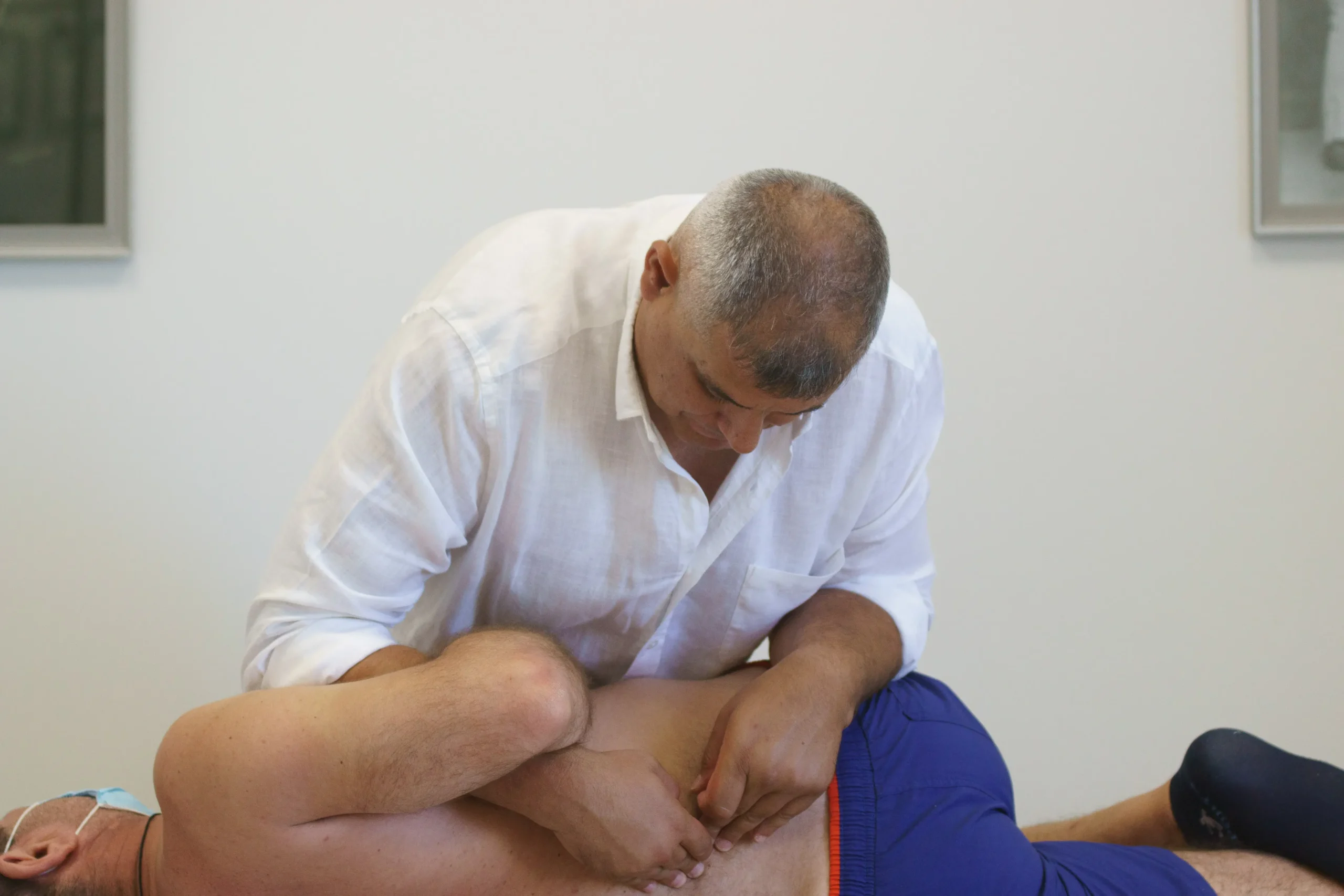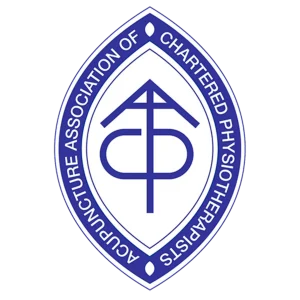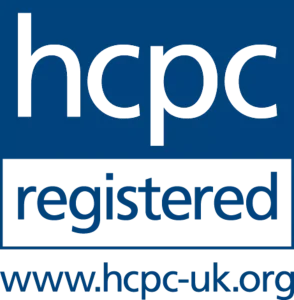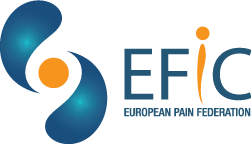Manual Therapy - Maitland's concept
The manual therapy approach with Maitland’s concept is considered to be (among others like Kaltenborn, Mulligan, Lewit, McKenzie, et al.), a leading methodology for the treatment and rehabilitation of spinal and peripheral joint problems.
Manual Therapy is generally defined as a hands-on clinical examination/evaluation, intervention & rehabilitation of cases with orthopaedic problems.
Manual Therapy as a therapeutic approach is based on the application of methodical clinical reasoning, and science-based evidenced informed practice. The goal is for the patient to fully return to function and independence in their daily activities through the stimulation of different mechanisms of the human body (physiology, neurophysiology, biomechanics, etc.).
Each patient’s psychosocial background and personal needs & goals are always the main targets in the approach of every certified therapist on Manual Therapy. A shared decision-making process is required to form a therapeutic/rehabilitation plan tailored to the individual needs of each person.
The evaluation procedure followed on the first day is the fundamental basis for the overall course of each patient.
At the beginning of the clinical evaluation the steps are:
- Detailed history to identify all the contributing factors to the current clinical case, as well as associated health problems.
- A complete recording of the limited daily activities, as the patient perceives and experiences them himself.
- Recognition and prioritization of patient’s personal goals in the short and long term.
Following the subjective evaluation is the clinical examination, where the procedure requires:
- Assessment of active and passive mobility, in the structure where the malfunction is detected.
- Differential diagnosis of movement patterns of daily activities.
- Assessment of neural tissue mobility & clinical neurological examination where required.
- Evaluation of the muscle strength, kinetic control, and neuromuscular coordination to identify any weaknesses, deficits, or imbalances.
Once the assessment is completed, the therapeutic plan is then formulated by selecting and adapting the appropriate techniques, therapeutic approaches, or exercise prescription to each patient’s capabilities, needs, and goals. The therapeutic approach is constantly adapted according to the response of the symptoms and/or the body, so as to achieve optimal recovery.
There is an established misconception that manual therapy is exclusively about interventions that apply intense and violent movements. In fact, certified health professionals practicing Orthopaedic Manipulative Physical Therapy meet the requirements of a wide range of scientific knowledge and interventions in order to ensure that they provide the highest quality of service for their patient’s health.
The contribution of specialized physiotherapists to the timely and effective treatment of the orthopedic patient has been proven in various countries such as Canada, Australia, and the United Kingdom. In this way, the patient avoids unnecessary radiological tests or medications that only contribute to the additional discomfort and financial burden of the patient and/or the health care system.
In general, Manual Therapy is recognized worldwide as an effective, safe, and mild way of evaluating and treating orthopedic cases for pain management, reducing inflammation, restoring movement and function.
